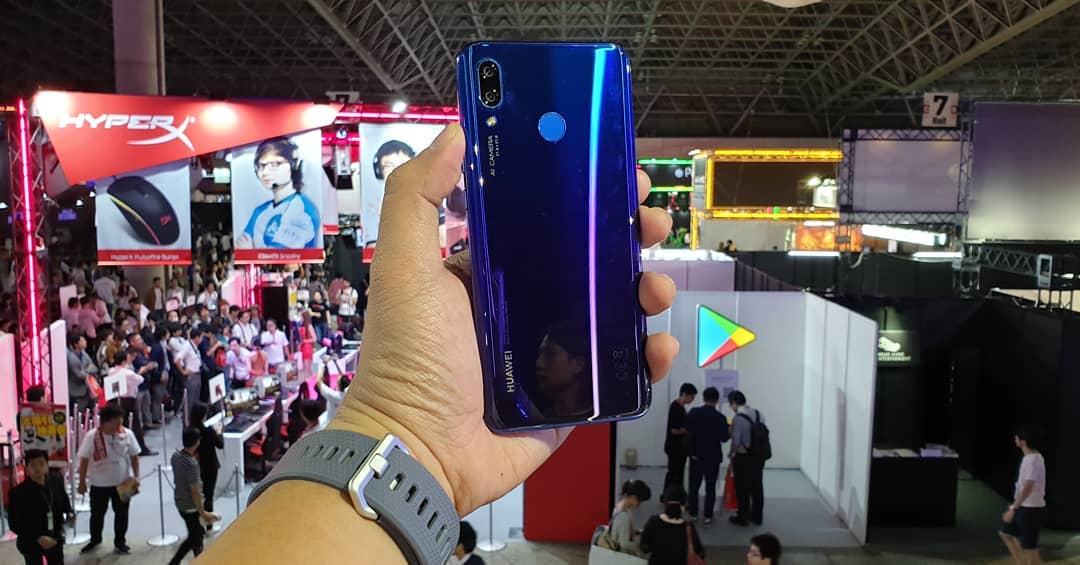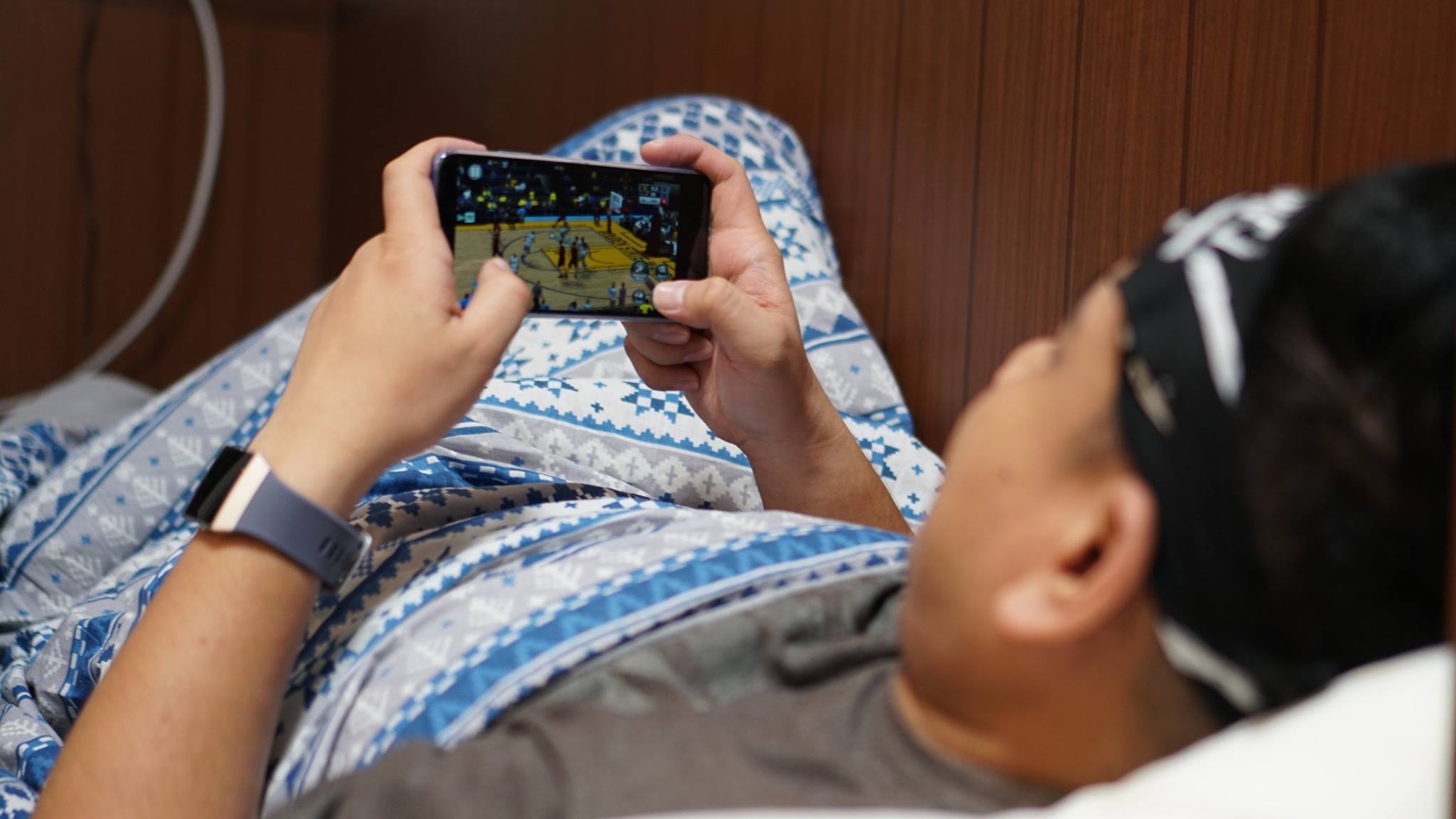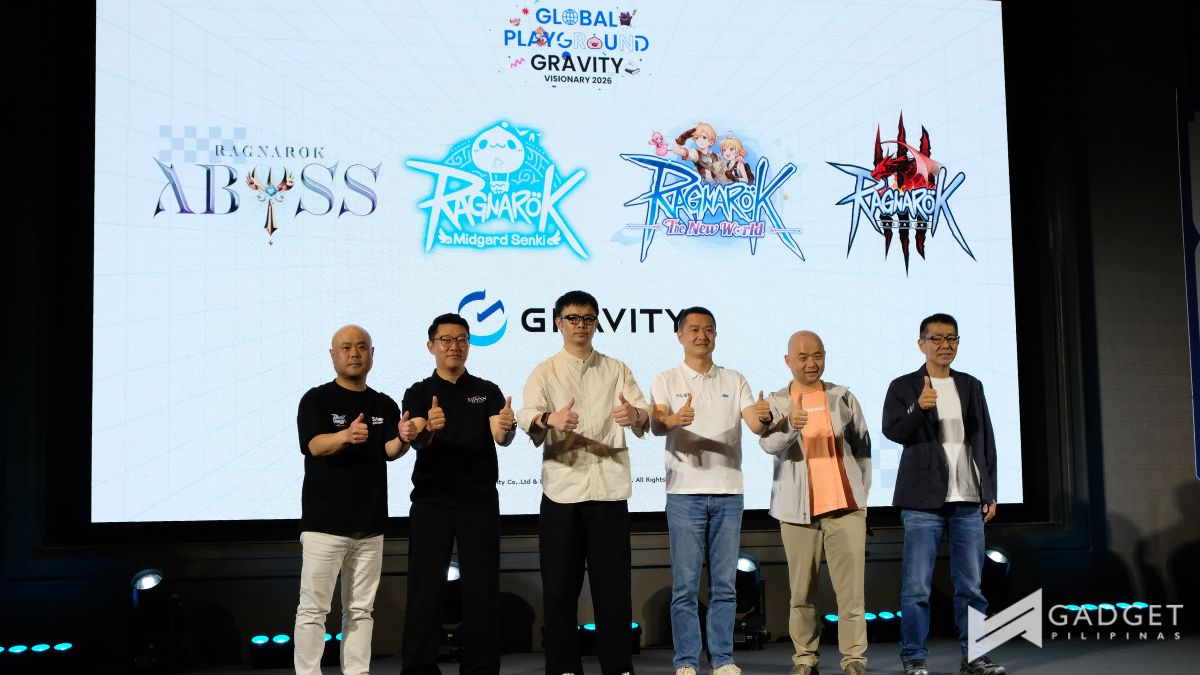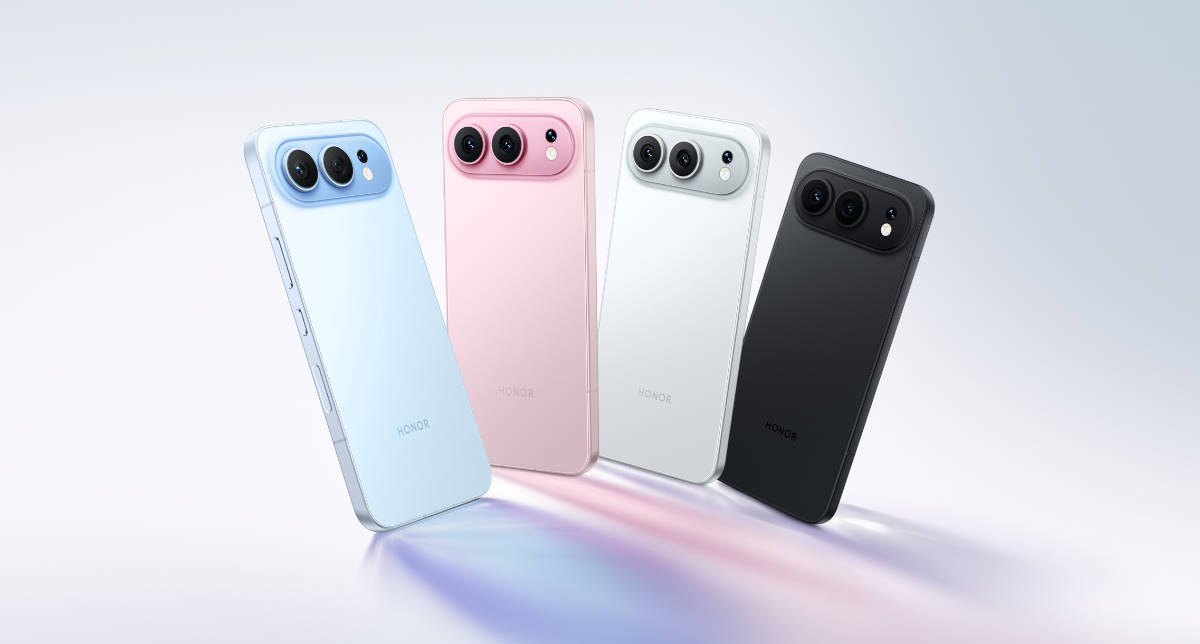Tokyo Game Show 2018 is finally done, and if you were at the event, you would notice the huge presence of mobile games that are available for consumers. As the new games get better in terms of story, controls, sensible microtransactions and graphics, the demand for smooth performance is a top priority among consumers.
 Prior to this, some mobile games didn’t need smartphones with high specifications. Titles like Angry Birds, Temple Run and Doodle Jump are made to be played on most smartphones. Things were so simple 3 – 4 years ago, right? Usually, smartphones in the flagship range would be able to cope up with triple-A titles with top-notch graphics such as Gangster Vegas and the 1st Injustice for mobile. Users of budget smartphones that rock MediaTek processor did not mind playing the aforementioned until the middle of 2017. It was then when mobile games with pretty significant content and high performance-requirement started to permeate in the industry.
Prior to this, some mobile games didn’t need smartphones with high specifications. Titles like Angry Birds, Temple Run and Doodle Jump are made to be played on most smartphones. Things were so simple 3 – 4 years ago, right? Usually, smartphones in the flagship range would be able to cope up with triple-A titles with top-notch graphics such as Gangster Vegas and the 1st Injustice for mobile. Users of budget smartphones that rock MediaTek processor did not mind playing the aforementioned until the middle of 2017. It was then when mobile games with pretty significant content and high performance-requirement started to permeate in the industry.
MOBA (Multiplayer Online Battle Arena) and battle royale are usually the new game genres that require high specifications, but there was a seeming disconnect as most mobile phones that are able to play these games are either too expensive or can get literally too hot to handle because of cooling issues.
 New brands came up with their own ways to cope up to this demand. Some brands like OPPO and VIVO use software tweaking in partnership with their chipset maker to smoothen gaming performance. This way, even their low-tier devices are able to play supported games, for as long as such games are made to work with the software tweak built into their phones. One major flaw here though is the development time and performance stability of these games. If a game, for instance, is not supported by the software optimization, performance issues are likely to be experienced.
New brands came up with their own ways to cope up to this demand. Some brands like OPPO and VIVO use software tweaking in partnership with their chipset maker to smoothen gaming performance. This way, even their low-tier devices are able to play supported games, for as long as such games are made to work with the software tweak built into their phones. One major flaw here though is the development time and performance stability of these games. If a game, for instance, is not supported by the software optimization, performance issues are likely to be experienced.
On the other hand, there are smartphone makers that go the hardware-route, which is a superior route albeit too pricey to pull off. Apple, Samsung, Razer and ASUS Republic of Gamers dabble in this space with their chipset game, cooling features and screen technology.
Each route has its own merit, but neither provides the consistent yet cost-efficient way of providing the acceptable performance of games for consumers. In 2018, things started to change when Huawei introduced GPU Turbo, and it promises up to 60% and 30% GPU and CPU efficiency accordingly.

This August 2018, Huawei pushed a patch to Huawei Nova 3 with GPU Turbo update. Prior to this update, the performance of games like PlayerUnknown’s Battlegrounds Mobile performed really well by our standards and improved much better after the patch roll-out.
Since Huawei Nova 3’s chipset is engineered to be compatible with GPU Turbo framework, games like PUBG Mobile and Mobile Legends performed with flying colors. As this is a mix of software and hardware improvement on games, there is one caveat that lingers among devices with GPU Turbo – development of game compatibility to the technology.
Every month, the list of new games that support GPU Turbo are increasing, albeit in a slow rollout. This is acceptable though as we have seen the improvement of supported games versus its performance prior to GPU Turbo compatibility

Gaming Benchmarks
Here’s how we reviewed the Huawei Nova 3. Compared to our previous reviews, what you are reading is different as it is heavy on gaming benchmark with both GPU turbo off and on so you can see the performance gap. We used GameBench as our main benchmarking tool as it provides the most comprehensive lowdown of performance categories. Each game we played is more than 15 minutes as it is the best way to carefully see its GPU, CPU, Memory and Battery performance.
Sample photos are not included in this review, so if you’re here for that, check out are camera sample and performance review of Nova 3. For our gaming tests, we used the GameBench app.
PUBG Mobile
We played the game for multiple times in high settings and proved that the game is playable albeit with 28 median fps with GPU Turbo turned off. With 28 fps as midpoint of observed framerate, while playing PUBG, this is still considered playable by most standards. Occasional frame rate drops occurred during our tests, but are not detrimental to the gameplay experience.
When we flipped the switch of GPU Turbo, you can see the significant jump in performance without using any third party software. Based on our monitoring, FPS didn’t go beyond 40 fps at the highest setting, which just strengthens the case that GPU Turbo works really well on a game that’s optimized for such technology. And take note – even flagship smartphones like Samsung Galaxy S9 and Note 9 do not go beyond 30fps at maximum settings. In order to achieve beyond 30fps gameplay on PUBG for the aforementioned flagship smartphones, you would need to download 3rd party apps like GFx Tool for PUBG.
Notice the significant boost in terms of CPU usage when we turned on GPU Turbo on Nova 3. As one of the main drivers of battery usage, throttling up CPU will increase device temperature and battery consumption. You will find it out on the next set of charts.
In terms of memory consumption, while max FPS is higher when HDR is enabled, the game required more memory than usual. During our test, the game in highest HDR setting consumed about 1087 memory with GPU Turbo turned off. Surprisingly, when we turned the feature on, average memory usage dropped for a few notches, which we find really strange. Our take is that GPU Turbo only tweaks the performance throttle of GPU and CPU.
How about battery drain? Without GPU Turbo, highest HDR setting ate about 367mA of power juice, while the highest setting consumed 405mA. Given these circumstances, battery drain is 10% and 11% per hour respectively. With GPU Turbo, battery consumption doubles – as expected – since GPU and CPU usage are through the roof. Check out the charts above for reference.
[su_spoiler title=”Quick Comparison vs Honor Play” style=”simple” icon=”plus-circle”]
FPS
CPU Usage
Memory Usage
Battery Consumption
[/su_spoiler]
Mobile Legends Bang Bang
we played Mobile Legends Bang Bang in two scenarios – similar to what we did with PUBG Mobile. First, we played the game with GPU Turbo off, and then turned it on for our 2nd playthrough.
Mobile Legends performed differently than PUBG Mobile. The latter heavily utilizes GPU and CPU resources to bring about the best possible gaming experience using Nova 3. There is a significant increase in GPU performance (by average fps) when GPU Turbo is turned on: from 52fps to 59 fps. However, we were surprised to see how low this game’s usage on Nova 3’s CPU. In fact, even when GPU Turbo is turned on, the game’s average CPU usage is even lesser than our playthrough with GPU Turbo turned off.
Contrary to PUBG Mobile, Mobile Legends used more memory resources when GPU Turbo is turned on. The smartphone’s battery benchmark is congruent with how the game made use of the phone’s resources. Since Mobile Legends utilized more resources when GPU Turbo is enabled, particularly GPU and memory (resources), mA consumption over a period of time is bigger.
Based on estimate, with GPU Turbo on, the smartphone’s battery will deplete after 6.4 hours of playing MBLL. Conversely, you have 7.2 hours from full charge if you play MBLL with GPU Turbo turned off,
Our Verdict
Huawei Nova 3 fulfills its promise of delivering flagship level gaming performance in a budget. Yes, you pay a few extra moolah versus its counterpart, but you get what you pay for based on our experience and the numbers provided by our benchmarking tools.
[su_spoiler title=”Disclaimer” style=”simple” icon=”plus-circle”]Huawei Philippines was one of our major brand partners to the recently concluded Tokyo Game Show 2018.[/su_spoiler]
Giancarlo Viterbo is a Filipino Technology Journalist, blogger and Editor of gadgetpilipinas.net, He is also a Geek, Dad and a Husband. He knows a lot about washing the dishes, doing some errands and following instructions from his boss on his day job. Follow him on twitter: @gianviterbo and @gadgetpilipinas.






